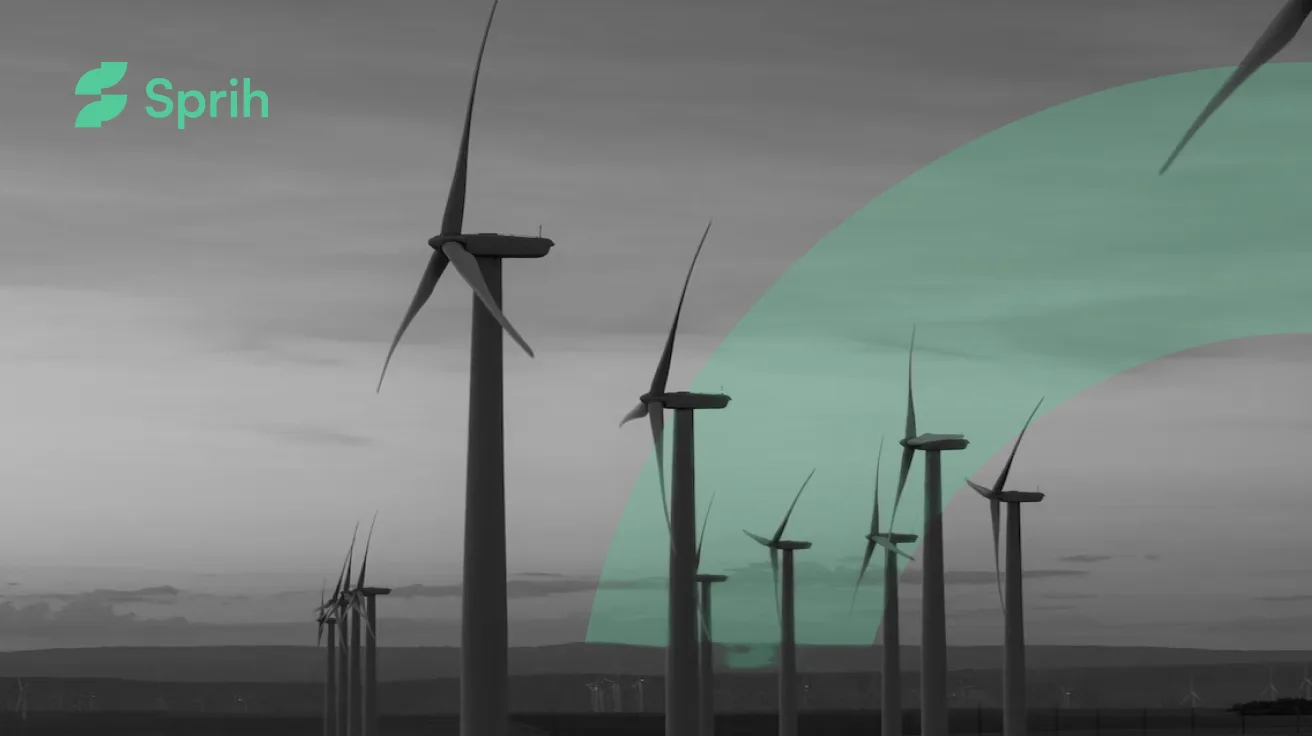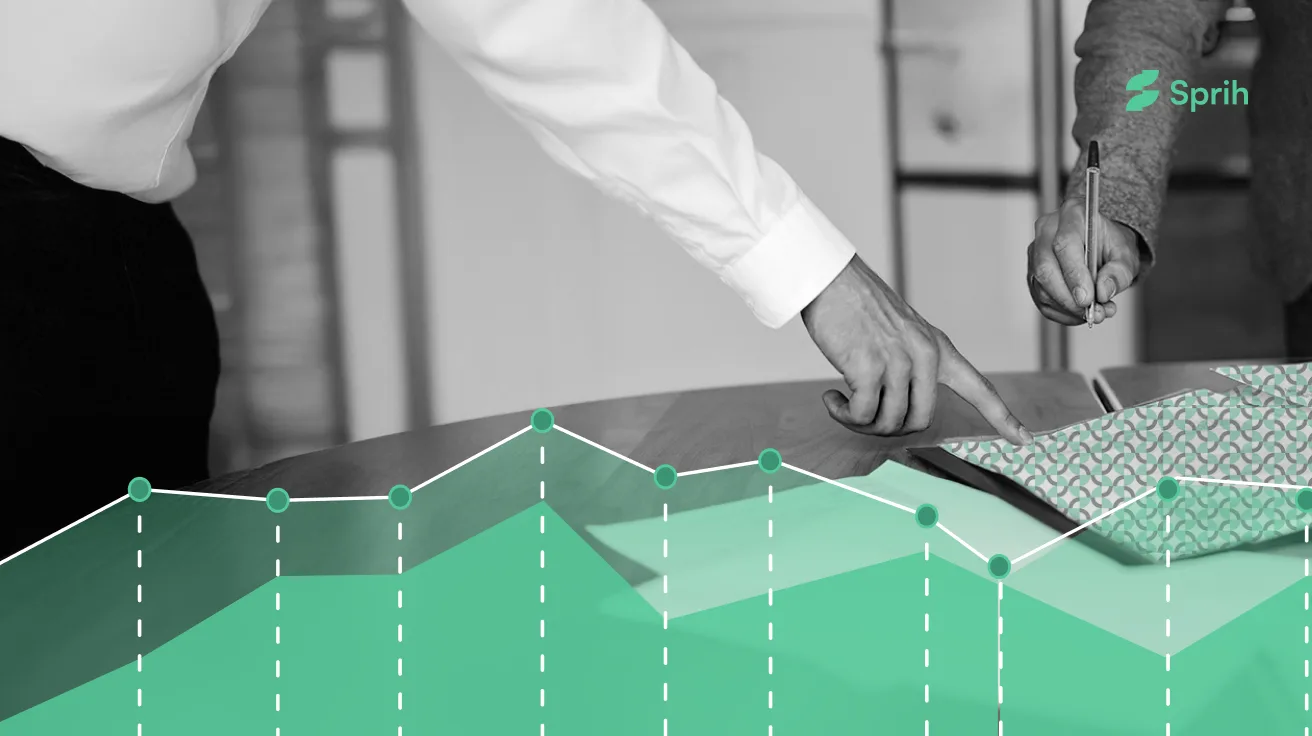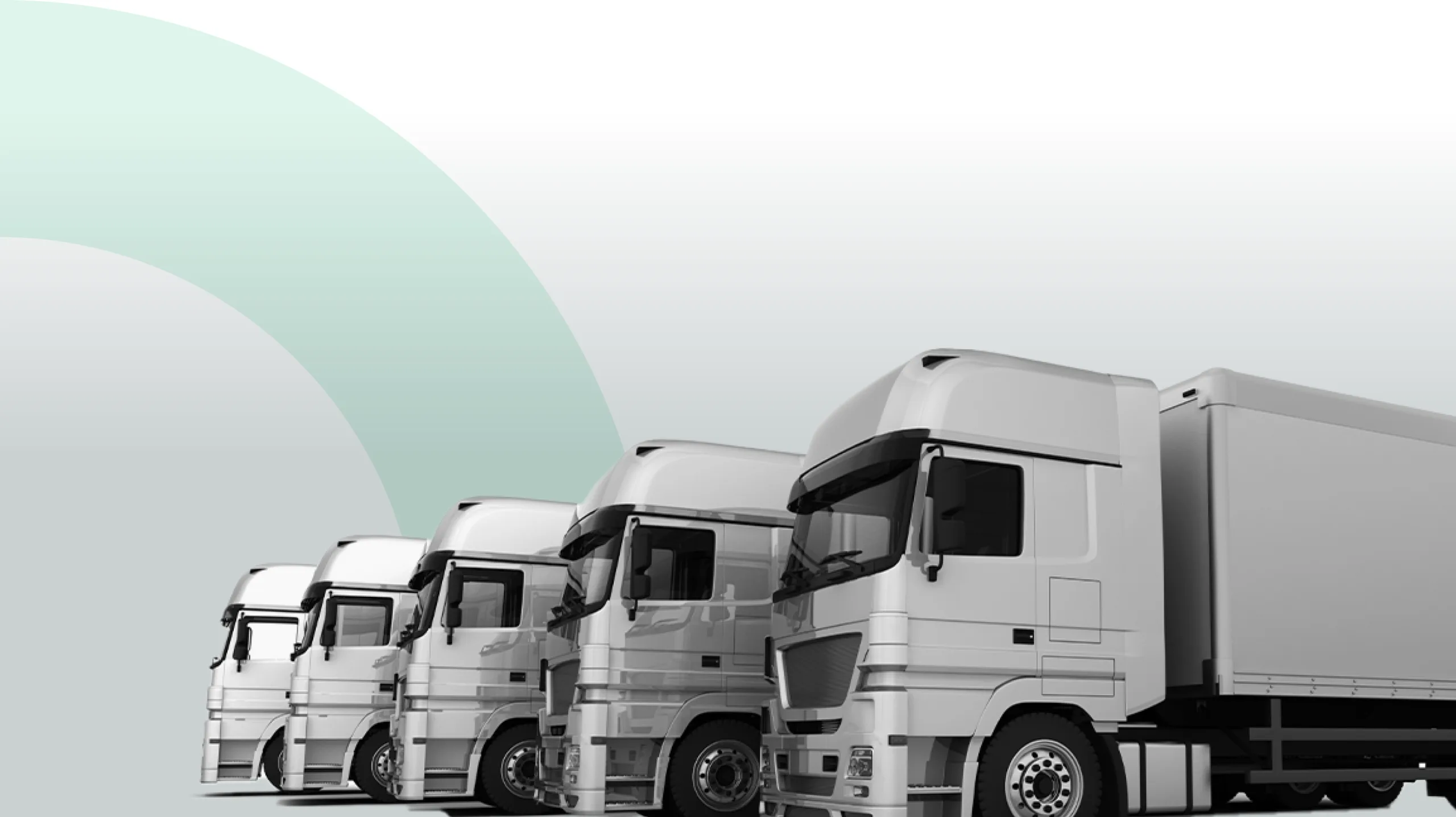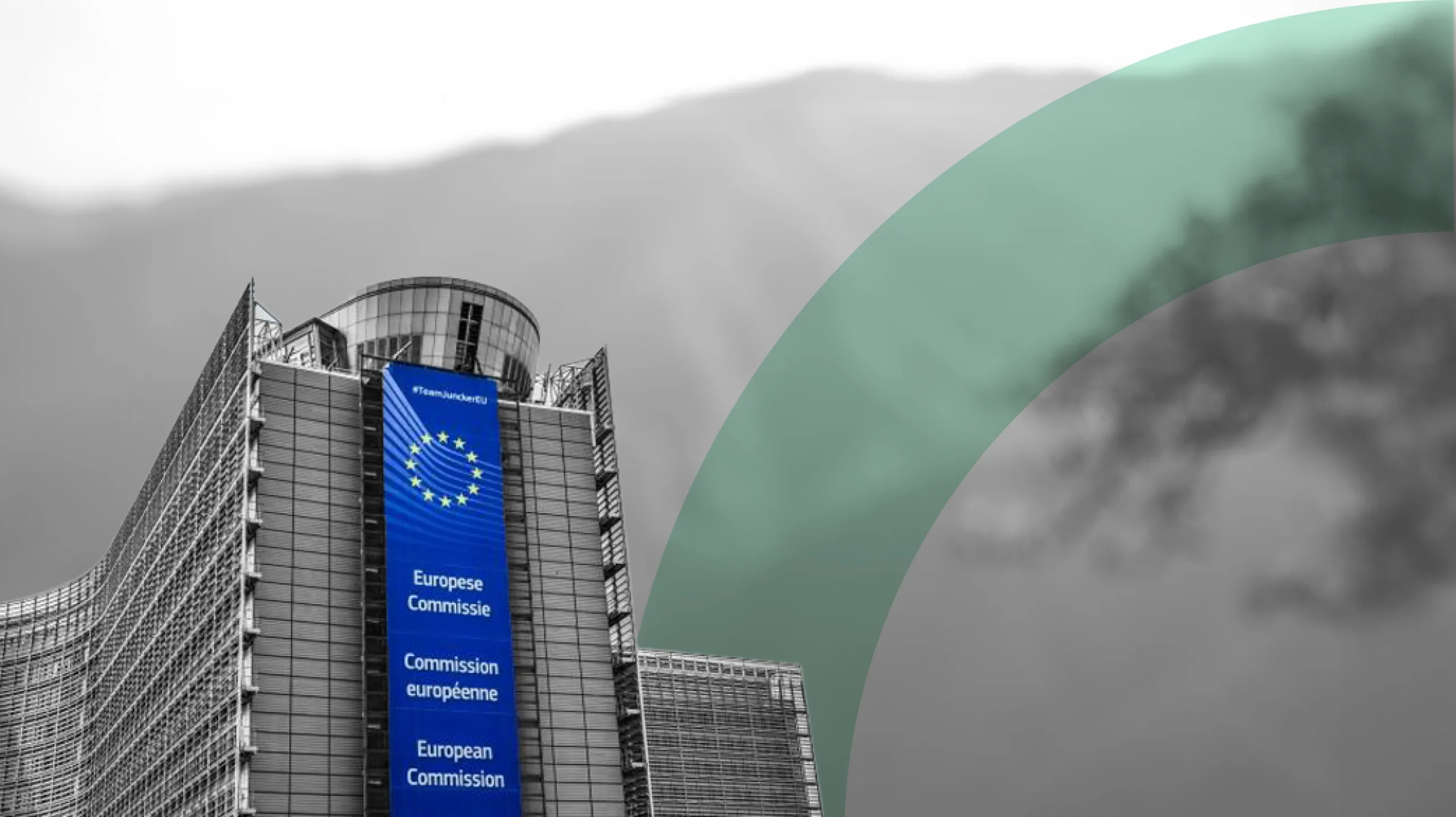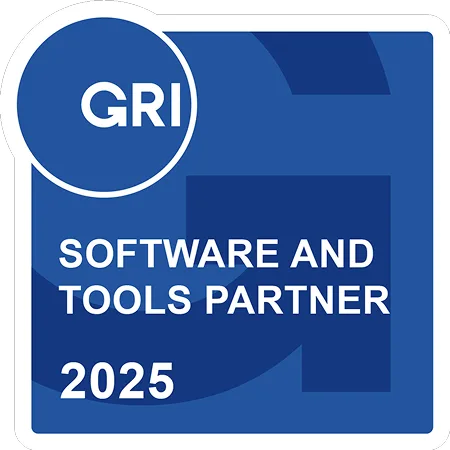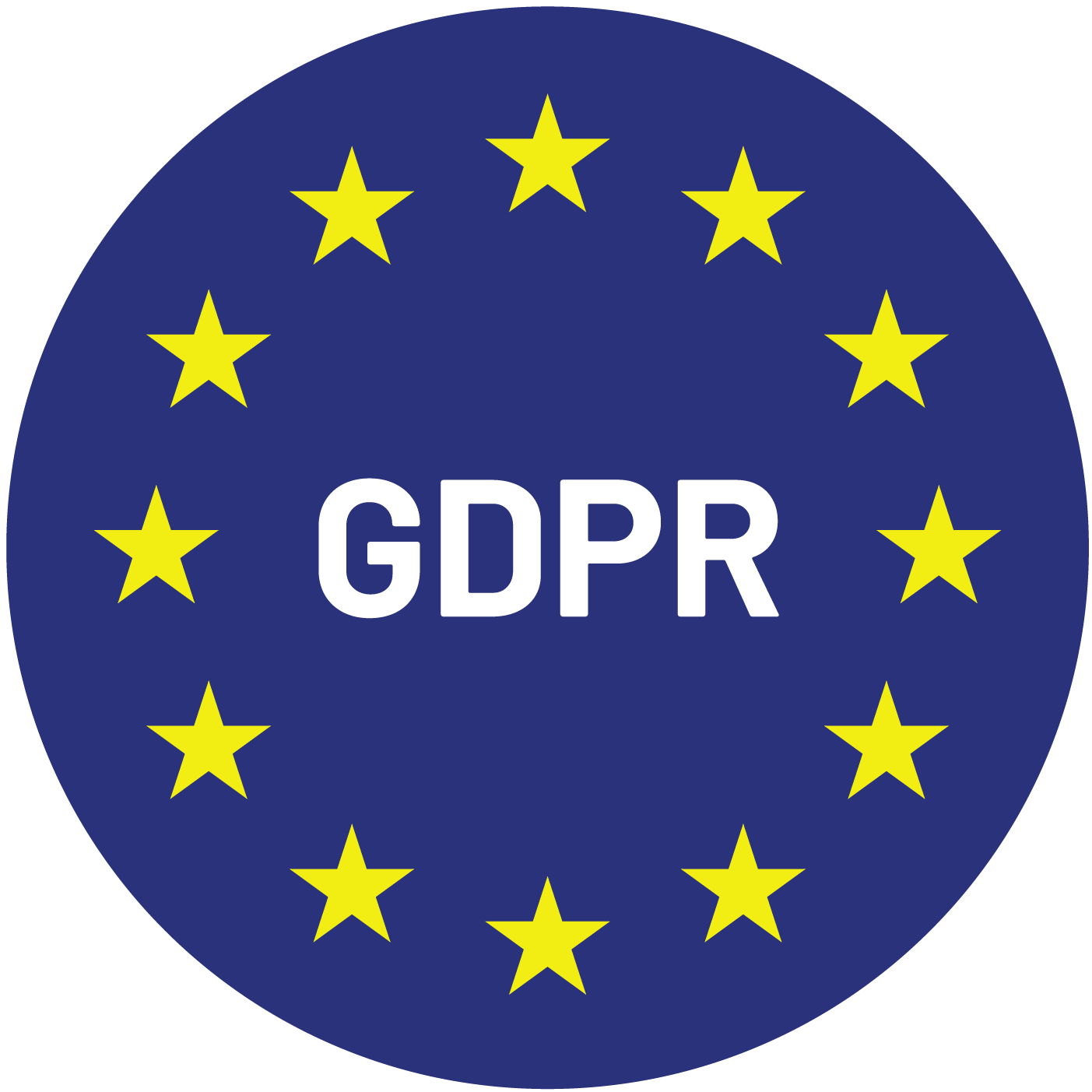Understanding Carbon Offset Programs in 2025
As climate action becomes central to business strategy, understanding how a carbon offset program works is vital for professionals. But what exactly is a carbon offset program? In essence, it’s a mechanism allowing organizations to compensate for their greenhouse gas emissions by investing in verified projects that reduce or remove carbon from the atmosphere.
These programs are much more than a checkbox exercise. For companies aiming for net-zero targets or just wanting to make credible sustainability claims, choosing the right carbon offset program, and knowing the best carbon offset examples can be a strategic differentiator in 2026.
What Is a Carbon Offset Program?
A carbon offset program enables individuals or organizations to counterbalance their carbon footprint by purchasing credits. Each carbon offset credit typically represents the reduction or removal of one metric ton of CO2 (or its equivalent) from the atmosphere.
How it works:
- Calculation: Measure your emissions (often using a carbon accounting platform).
- Reduction: Take steps to reduce emissions internally.
- Offsetting: Invest in a verified project to offset remaining emissions.
Key point: The best programs adhere to rigorous standards such as Verra’s Verified Carbon Standard (VCS) or Gold Standard, ensuring the offsets are real, additional, measurable, and permanent.
Types of Carbon Offset Projects
Not all offsets are created equal. Here are common categories within a carbon offset program:
1. Nature-Based Solutions
Projects that leverage the power of ecosystems to absorb carbon.
Examples:
- Reforestation: Planting trees to sequester CO2. The Kasigau Corridor REDD+ Project in Kenya protects thousands of hectares of dryland forest, benefiting local communities and wildlife.
- Peatland Restoration: Restoring wetlands to lock away carbon, as seen in the International Peatland Project in Indonesia.
2. Renewable Energy Projects
Supporting clean energy generation that displaces fossil fuels.
Examples:
- Wind Farms: The Gujarat Wind Project in India generates renewable electricity and creates local jobs.
- Solar Initiatives: The Yingli Solar Project in China provides clean power and reduces reliance on coal.
3. Methane Capture
Preventing methane—a potent greenhouse gas—from reaching the atmosphere.
Examples:
- Landfill Gas Capture: The Belo Horizonte Landfill Gas Project in Brazil captures methane for energy use.
- Agricultural Methane Reduction: Projects like California’s Dairy Digester Research and Development Program convert methane from manure into biogas.
4. Community-Based Initiatives
Programs that focus on both carbon reduction and social benefits.
Examples:
- Clean Cookstoves: The Ghana Clean Cookstoves Project distributes efficient stoves, reducing wood use and emissions while improving health.
- Water Filtration: The LifeStraw Carbon for Water project in Kenya provides safe drinking water and eliminates the need to boil water over wood fires.
Real Carbon Offset Program Examples for 2026
Let’s look at carbon offset examples that are leading the way:
Gold Standard Projects
The Gold Standard label ensures high integrity and social co-benefits. One standout is the “Improved Cookstoves” project in Bangladesh, which not only cuts emissions but also improves indoor air quality and saves families money.
Verra Verified Carbon Standard (VCS)
The Cordillera Azul National Park Project in Peru, certified by Verra, preserves 1.3 million hectares of rainforest, protecting biodiversity and supporting indigenous communities.
Corporate-Led Initiatives
Microsoft has committed to becoming carbon negative by 2030, relying on a mix of internal reductions and investments in nature-based offsets, such as afforestation in the U.S. and soil carbon sequestration projects globally.
Delta Air Lines partners with conservation groups to support reforestation and wetland restoration, prioritizing projects that also benefit local communities.
How to Choose a Carbon Offset Program for Your Business
As you evaluate options, keep these factors in mind:
- Certification: Seek projects verified by reputable standards (Gold Standard, VCS, Climate Action Reserve).
- Transparency: Look for clear reporting and third-party audits.
- Permanence: Ensure the project’s carbon savings last.
- Co-benefits: Favor projects that also deliver social or biodiversity gains.
- Alignment with Your Goals: Some companies prioritize offsets in regions tied to their operations or supply chain.
Pro tip: In 2026, expect more digital platforms offering traceable, tokenized carbon credits, enhancing transparency and reducing double counting.
The Future of Carbon Offsets: Trends to Watch
- Digital MRV (Monitoring, Reporting, Verification): Blockchain and AI are streamlining the verification process.
- Direct Air Capture (DAC): Engineered solutions like Climeworks are scaling up, providing durable carbon removals—typically more expensive, but increasingly in demand for corporate net-zero claims.
- Regulatory Shifts: As carbon markets mature, governments may introduce more stringent rules and disclosure requirements. Stay updated to ensure compliance.
- Internal Carbon Pricing: Forward-thinking businesses are using internal carbon prices to guide investment decisions, making offset purchases part of a broader decarbonization strategy.
Why Carbon Offset Programs Matter
Implementing a carbon offset program is not a substitute for reducing your own emissions. But when combined with genuine reduction efforts, high-quality offsets can help you:
- Accelerate progress toward net zero
- Meet stakeholder and regulatory expectations
- Support sustainable development globally
A credible carbon offset program protects your reputation and delivers real climate impact—if you choose wisely.
Taking Action on Carbon Offsets in 2025
Understanding and engaging in a robust carbon offset program is now a business imperative. With new standards, technologies, and project types emerging, the landscape is evolving fast. By investing in verified, high-impact projects and staying on top of trends, professionals can help their organizations reach ambitious sustainability targets—and make a genuine difference for the planet.
FAQs
What is a carbon offset program?
A carbon offset program allows individuals or organizations to compensate for their greenhouse gas emissions by investing in projects that reduce or remove carbon from the atmosphere. One offset credit typically equals one metric ton of CO₂e avoided or removed.
How does a carbon offset program work?
The process includes three key steps: measuring your emissions, reducing what you can internally, and offsetting the remainder by purchasing verified carbon credits from certified projects. High-quality programs ensure that offsets are real, additional, measurable, and permanent.
What types of carbon offset projects exist?
Common types include nature-based solutions (e.g., reforestation), renewable energy projects (e.g., wind and solar), methane capture (e.g., landfill gas), and community-based initiatives (e.g., clean cookstoves). Each project type targets a specific source of emissions reduction or removal.
What are examples of leading carbon offset projects?
Examples include the Kasigau Corridor REDD+ Project (Kenya), Gujarat Wind Project (India), and the Cordillera Azul National Park Project (Peru). These projects are certified by standards like Gold Standard or Verra’s Verified Carbon Standard (VCS).
What standards ensure offset project quality?
Reputable standards include Gold Standard, Verra VCS, and the Climate Action Reserve. These frameworks ensure projects meet criteria for additionality, permanence, verification, and no double counting.
How do I choose a carbon offset program for my business?
Look for certification by credible standards, transparent methodologies, and long-term carbon permanence. Choose projects that align with your values or geography, and prioritize those with co-benefits such as biodiversity protection or community development.
Are carbon offsets a substitute for reducing emissions?
No. Offsets should complement—not replace—internal emissions reduction efforts. Companies must reduce their operational and value chain emissions first, and use high-quality offsets to address residuals as part of a credible net-zero strategy.
What trends are shaping carbon offsets in 2025–2026?
Key trends include the rise of digital MRV (monitoring, reporting, verification), tokenized carbon credits, growing interest in engineered removals (e.g., Direct Air Capture), and increasing scrutiny from regulators on corporate claims and offset quality.
What role do carbon offsets play in net-zero strategies?
Offsets are used to address emissions that cannot yet be eliminated. When paired with aggressive reduction efforts, they help companies reach net-zero goals while funding climate-positive projects around the world.
How can Sprih help with carbon offset strategy?
Sprih enables companies to calculate emissions, identify residuals, and select verified, high-impact offset projects. Our platform ensures traceability, audit-readiness, and alignment with evolving global standards like CSRD and ISSB.




